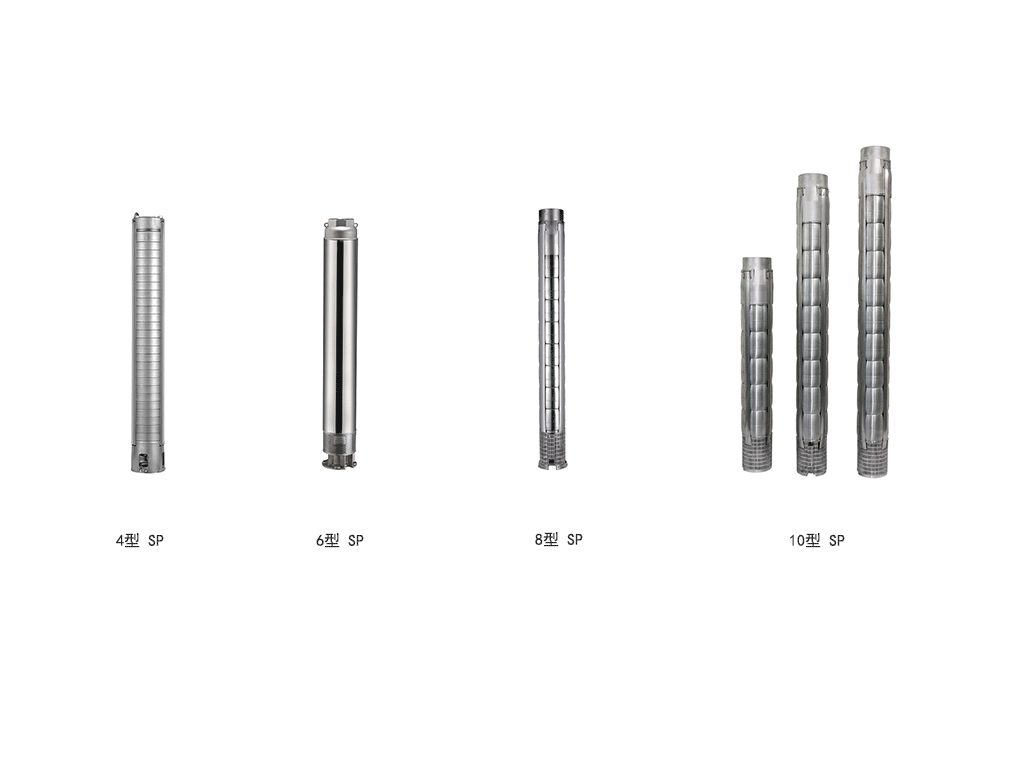

Submersible Pump
A submersible pump (or electric submersible pump, ESP) is a device that tightly integrates a sealed motor with the pump body. The entire assembly is submerged in the fluid to be pumped. The main advantage of this pump is its ability to prevent the phenomenon of pump cavitation, which is related to the high elevation difference between the pump and the fluid surface. The submersible pump pushes the fluid to the surface, as opposed to a jet pump, which creates a vacuum and relies on atmospheric pressure. The submersible pump uses pressurized fluid from the surface to drive a hydraulic motor underground, rather than using an electric motor. It is primarily used in heavy oil applications where heated water is used as the power fluid.
History
In 1928, Armenian petroleum transport system engineer and inventor Armais Arutunoff successfully installed the first submersible oil pump in an oil field. In 1929, Pleuger Pumps (now Pleuger Industries) developed the design of the submersible turbine pump, the precursor to modern multistage submersible pumps.
Operation Principle
The electric submersible pump is a multistage centrifugal pump operated in a vertical position. The liquid is accelerated by the impeller, and after losing kinetic energy, it is converted into pressure energy in the diffuser. This is the main operating mechanism of radial and mixed-flow pumps. In the ESP, the motor is a hydraulic motor, not an electric motor, and can be either closed-loop (separating the power fluid from the production fluid) or open-loop (mixing the power fluid with the underground production fluid and separating them at the surface).
The pump shaft is connected to the gas separator or protector via a mechanical coupling. Fluid enters the pump through an intake screen and is then lifted by the pump stages. Other components include radial bearings (sleeves) distributed along the length of the pump shaft, providing radial support for the pump shaft. Optional axial bearings can absorb some of the axial forces generated in the pump, but most of the axial forces are absorbed by the protector’s axial bearings.
There is also the helical submersible pump, which uses a steel helix as the working component. This helix allows the pump to operate submerged in water with high levels of sand and other mechanical impurities.
Applications
Submersible pumps are widely used in many fields. Single-stage pumps are used for drainage, sewage pumping, general industrial pumping, and slurry pumping. They are also popular in pond filters. Multistage submersible pumps are typically lowered into boreholes and are mainly used for extracting residential, commercial, municipal, and industrial water, as well as for wells and oil wells.
Other applications of submersible pumps include wastewater treatment plants, seawater desalination, firefighting (as they use flame-resistant cables), water wells, deep well drilling, offshore drilling platforms, artificial lift, mine dewatering, and irrigation systems.
Pumps used in electrically hazardous locations for flammable liquids or in pumps used in water sources that may be contaminated with flammable liquids must be designed in a way that does not ignite the liquid or gas.